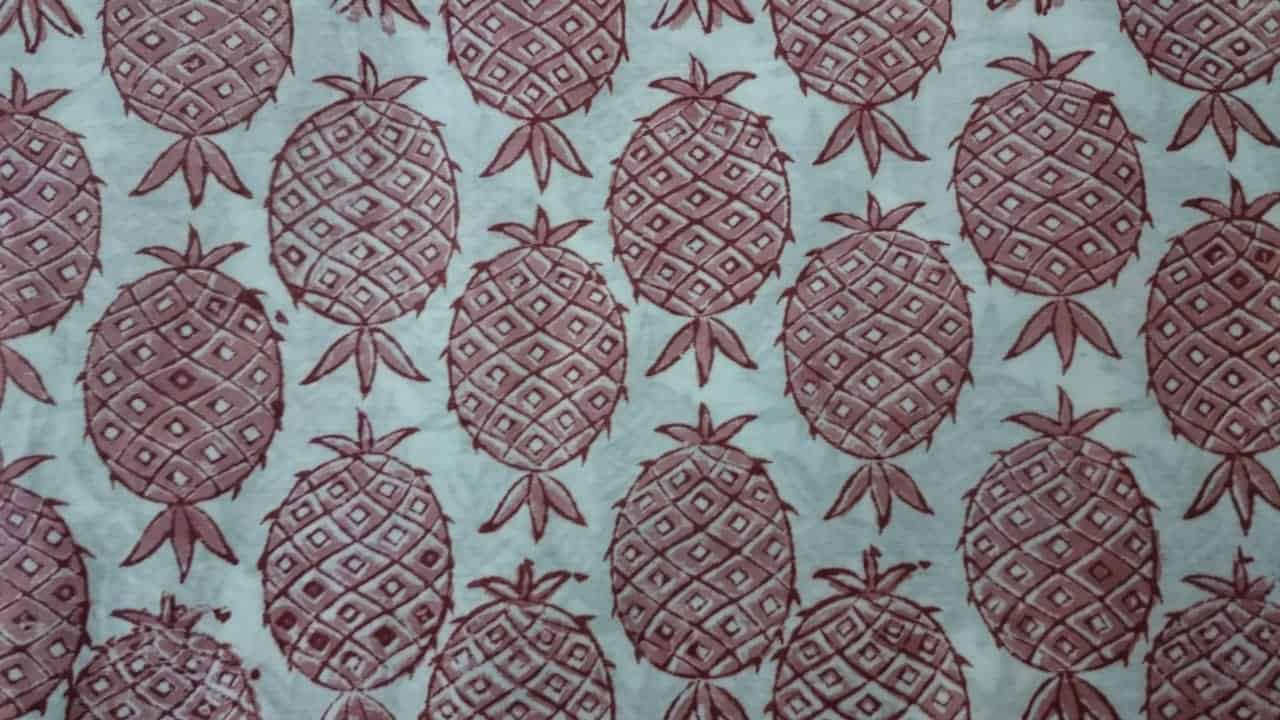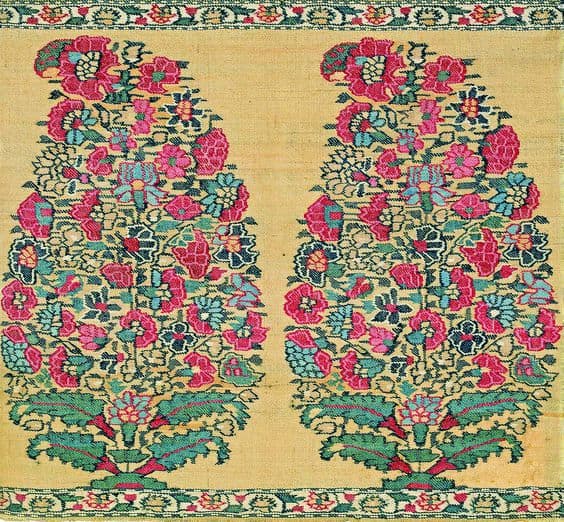21 Aug The Story of Indian Calico that changed the world
[vc_row css_animation="" row_type="row" use_row_as_full_screen_section="no" type="full_width" angled_section="no" text_align="left" background_image_as_pattern="without_pattern" css=".vc_custom_1598046449267{padding-right: 15px !important;}" z_index=""][vc_column offset="vc_col-xs-12"][vc_single_image image="2351" img_size="full" add_caption="yes" alignment="center" qode_css_animation=""][/vc_column][/vc_row][vc_row css_animation="" row_type="row" use_row_as_full_screen_section="no" type="full_width" angled_section="no" text_align="left" background_image_as_pattern="without_pattern" css=".vc_custom_1598038951440{padding-right: 15px !important;}" z_index=""][vc_column offset="vc_col-xs-12"][vc_empty_space][vc_column_text]The Story of Indian Kalamkari : Imagine a textile that is traditionally hand-painted with a bamboo pen, has a history which goes back 3000 years, and was partly instrumental in India losing her independence. That is Kalamkari, with its Persian root ‘Ghalam’ or pen, and ‘Kari’ or craftsmanship.
Kalamkari in its current form, where resist dyed fabrics are hand painted, is believed to have originated in the 8th century AD, though painted fabrics have been discovered in the Indus Valley Civilisation. This was a time when religious traditions and tales from Hindu mythology were handed down orally by itinerant minstrels, similar to traditions in Europe. Kalamkaris with depictions of tales from Hindu mythology, were a visual aid to these minstrels. In a sense, their purpose was similar to the stained glass of churches in Europe.



